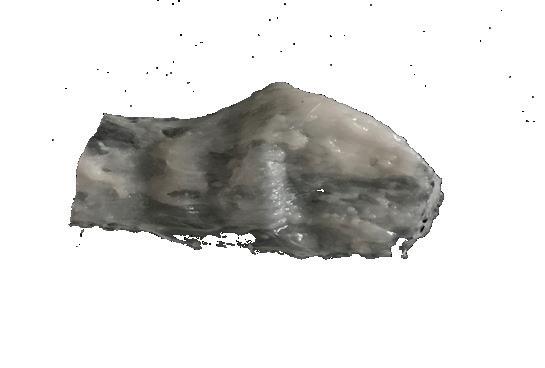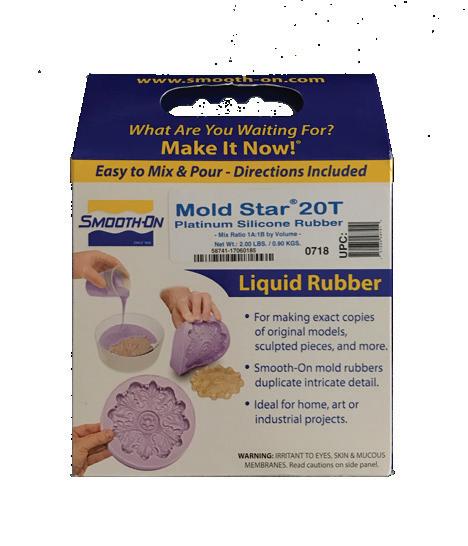
3 minute read
LOGISTICS ARCHITECTURE
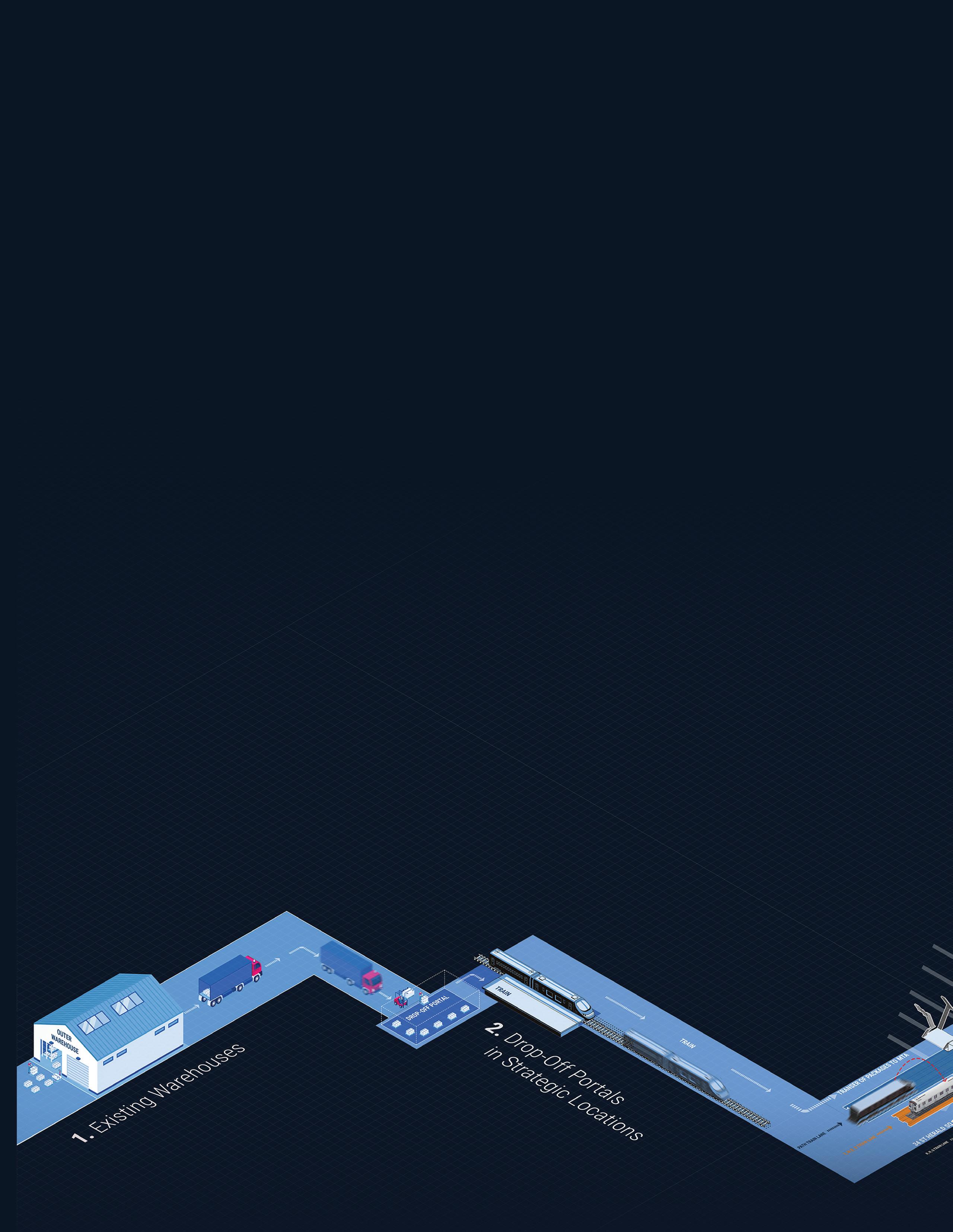
AS URBAN & SOCIAL INFRASTRUCTURE
Advertisement
Joel Cardenas, Catherine Brizo, Nicolas Fuertes and Shyanne Sonnenberg
New York City (NYC) must innovatively respond to the socio-spatial challenges associated with the accelerating growth of e-commerce. The city’s spatially constrained urban grid faces substantial truck freight induced traffic congestion and pollution—a dangerous set of externalities that undermine NYC’S quality of life and economic development potential.
Architecture as an Economic Stimulus seeks to leverage spatial delivery logistics and supply chains as catalysit for economic growth and new urban spatial typologies. This proposal posits that the establishment of a multi-sided-platform (MSP) that supports public community alliances with the logistics sector can help NYC: (1) catalyze economic development, (2) foster sustainability, and (3) improve quality of life.
The proposed logistics network can serve as a vital piece of NYC urban infrastructure that doubles as a mechanism for community level socio-economic revitalization. In other words, not only can this proposed network help resolve logistics and public health challenges but it can also provide significant local economic development opportunities for both Harlem and NYCHA residents in the form of: new revenue streams, improved public amenities, and employment. Financial support for such intervention can come from the public and private sector as governments pledge billions of dollars to decarbonize and to spur economic growth and as businesses work to minimize the high costs of Last Mile delivery.
Network Capacity Logistic Flow Diagram
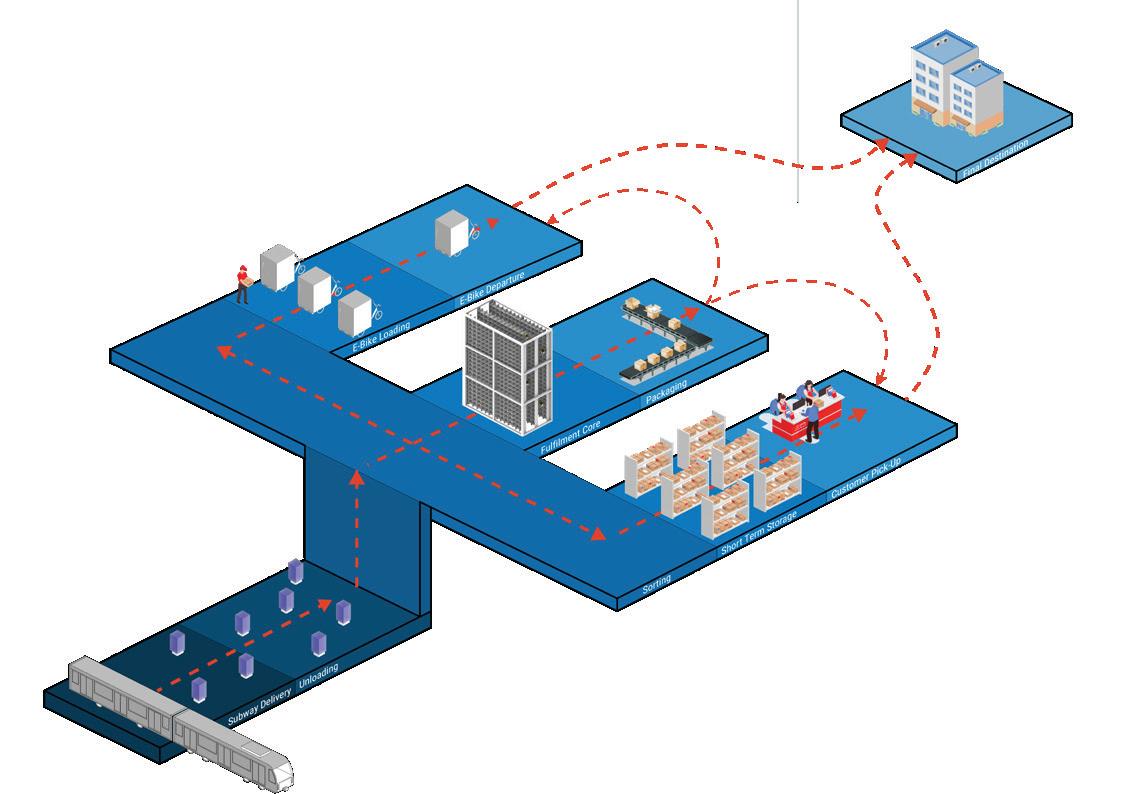
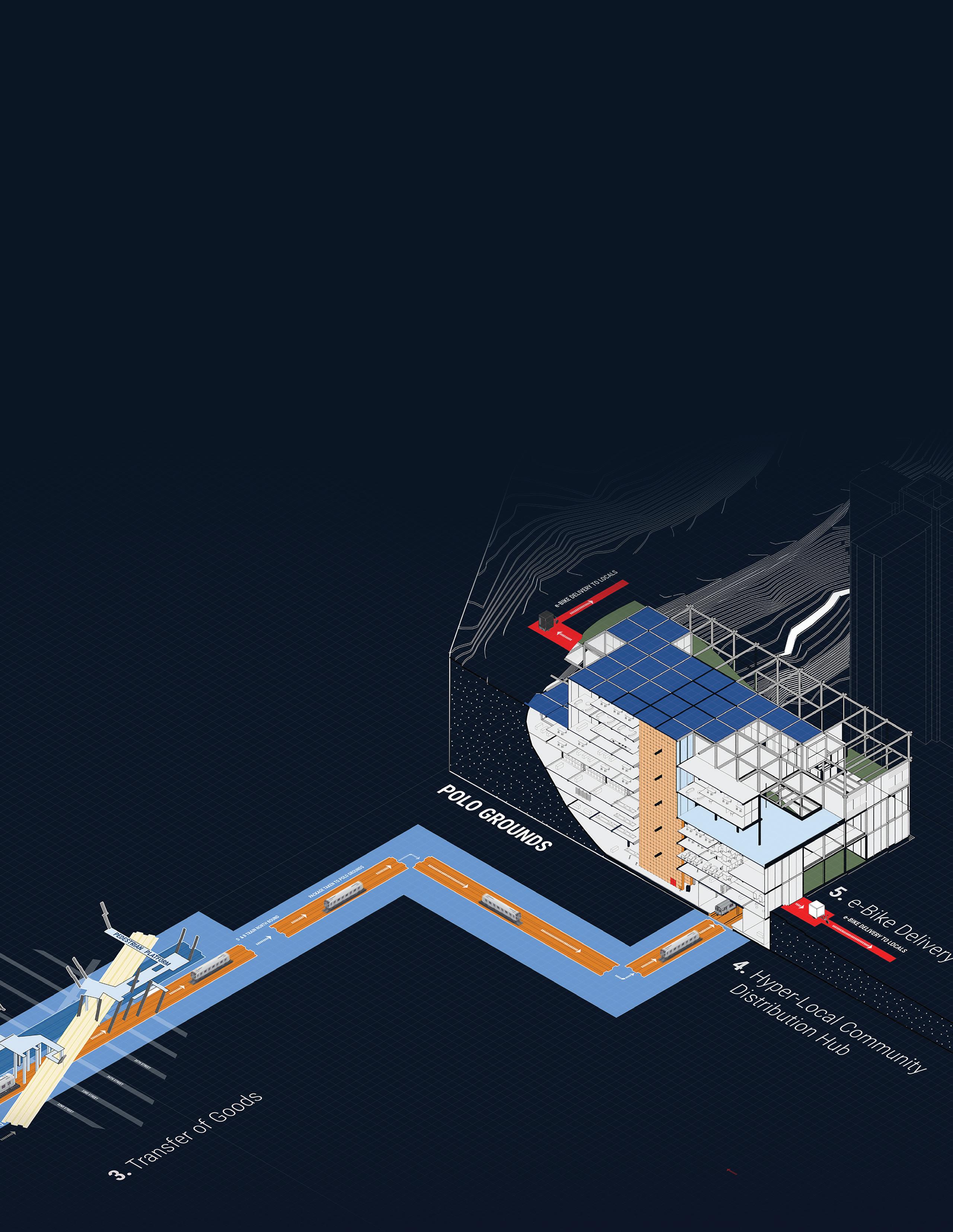
Three sites were studied with the proposal of creating a Hyper-Local Community Distribution Hub. The study initiated with Polo Grounds, allowing the team to create calculations based in collected data to analyze network capacity.
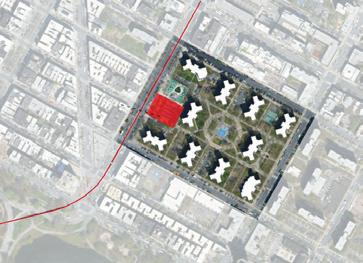
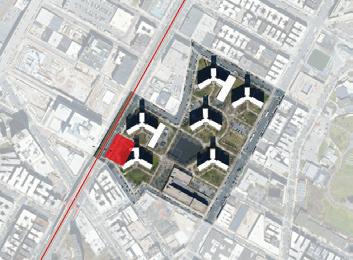
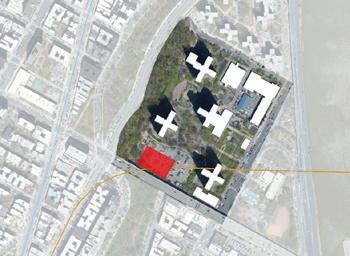
After the transfer of goods was delivered through the subway system and arrived to the Distribution Hub, packing will get sorted and store short term until the customer picks it up. If the package needs to stay in the facility for a longer period, it will be stored in a Fullfillment Core. Alternatively, packages that are ready to leave the Distribution Hub will be delivered with e-bikes.
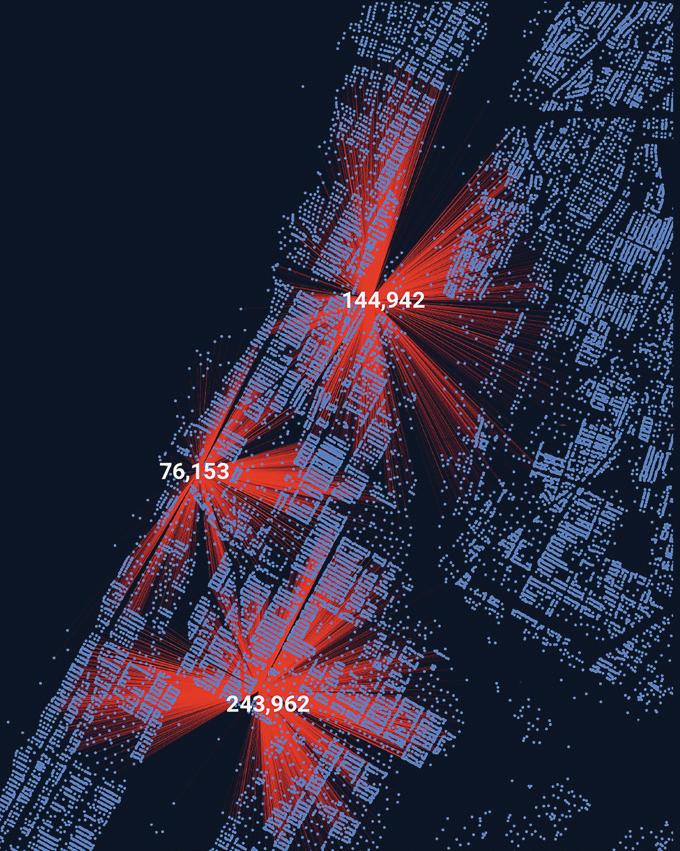
Polo Grounds Tower Distribution Hub
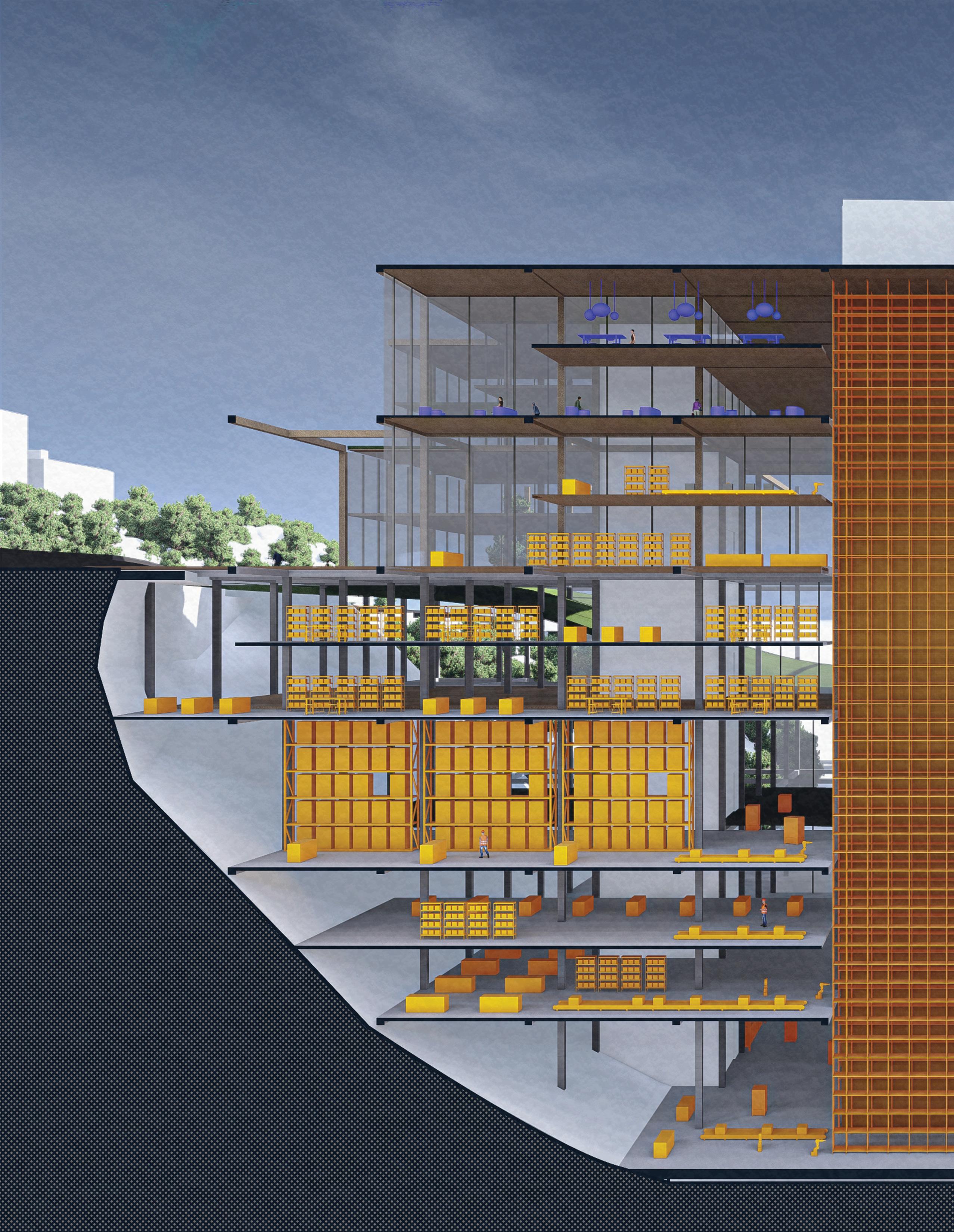
Resultant Benfits
•Jobs Created for Harlem: Approx.180 jobs, averaging a salary of $59,989 can be created per site.
•Reduced Pollution: 2,413 tons CO2 can be removed every year from a single site.
•Reduced Congestion: 59 delivery trucks can be removed off the road every day.
•Reduced Expenses for Large Distributors: Approximately 15%, or $5,159,547 per year.
•Revenue for NYCHA: Total of approx. $4,332,809 per year or 43,338,090 in the next 10- years.
•New Amenities for NYCHA
•Revenue for MTA: Approx. $8,771,230 in yearly licensing fees, or $87,712,300 in the next 10- years.
•Revenue for Local 3PL: Approx. $2,649,248 in yearly net operating income, or $26,492,480 in the next 10- years.
Community Spaces
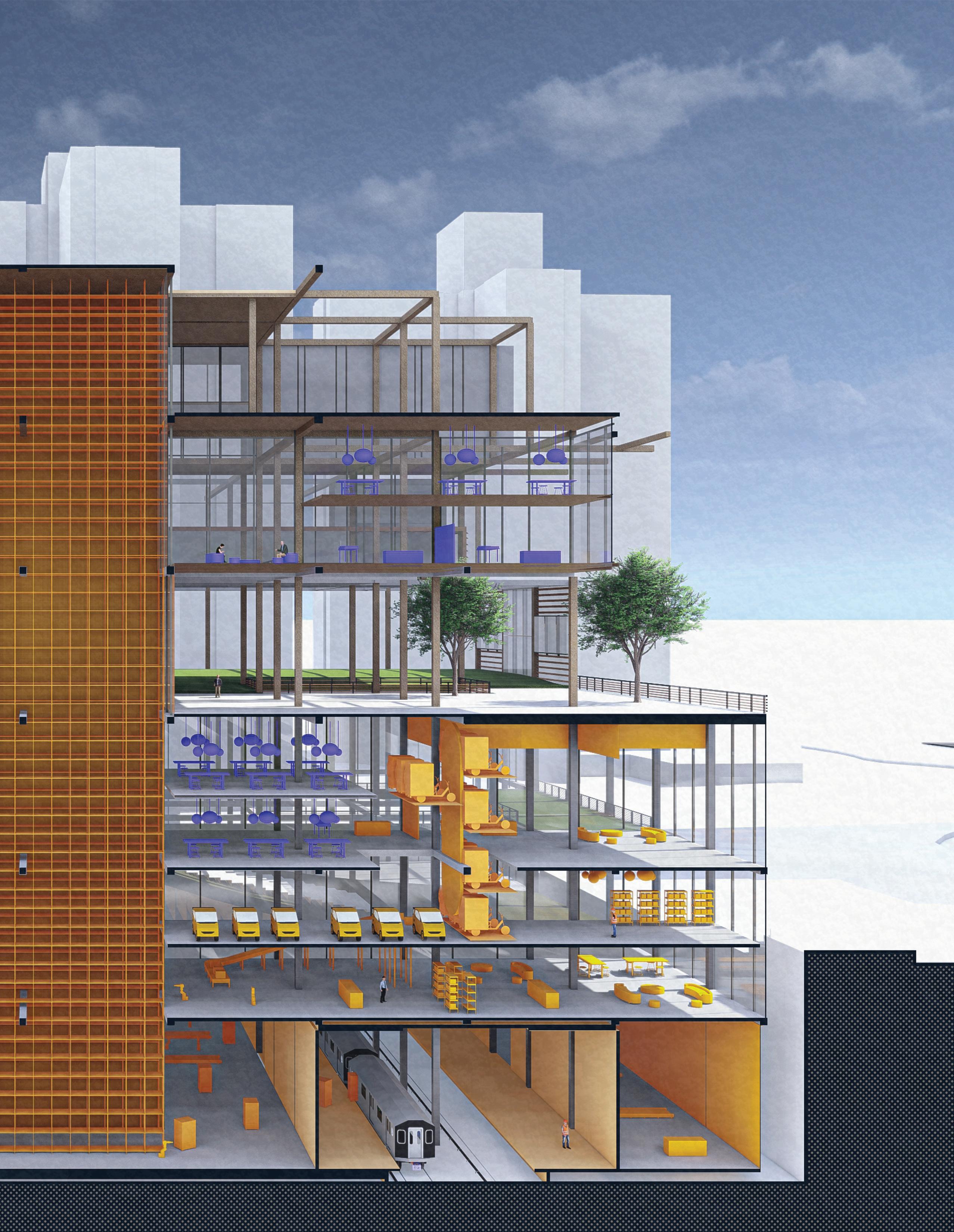
GLUE-LESS PLEXI LAMP
Glue-Less Plexi Sphere corresponds with the usage of Plexi-Glass and the idea to use different type of connections that will keep the model self supported and standing without any kind of glue.
The idea initiated with two concepts, Armillary Sphere and the Rubiks Cube Color Layout.

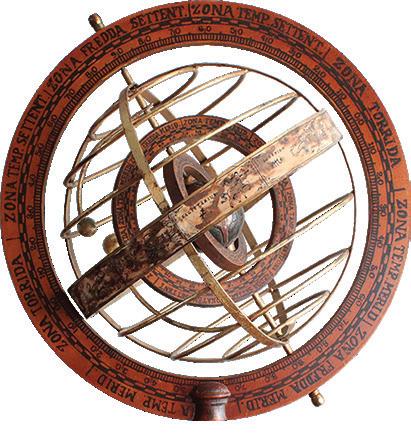
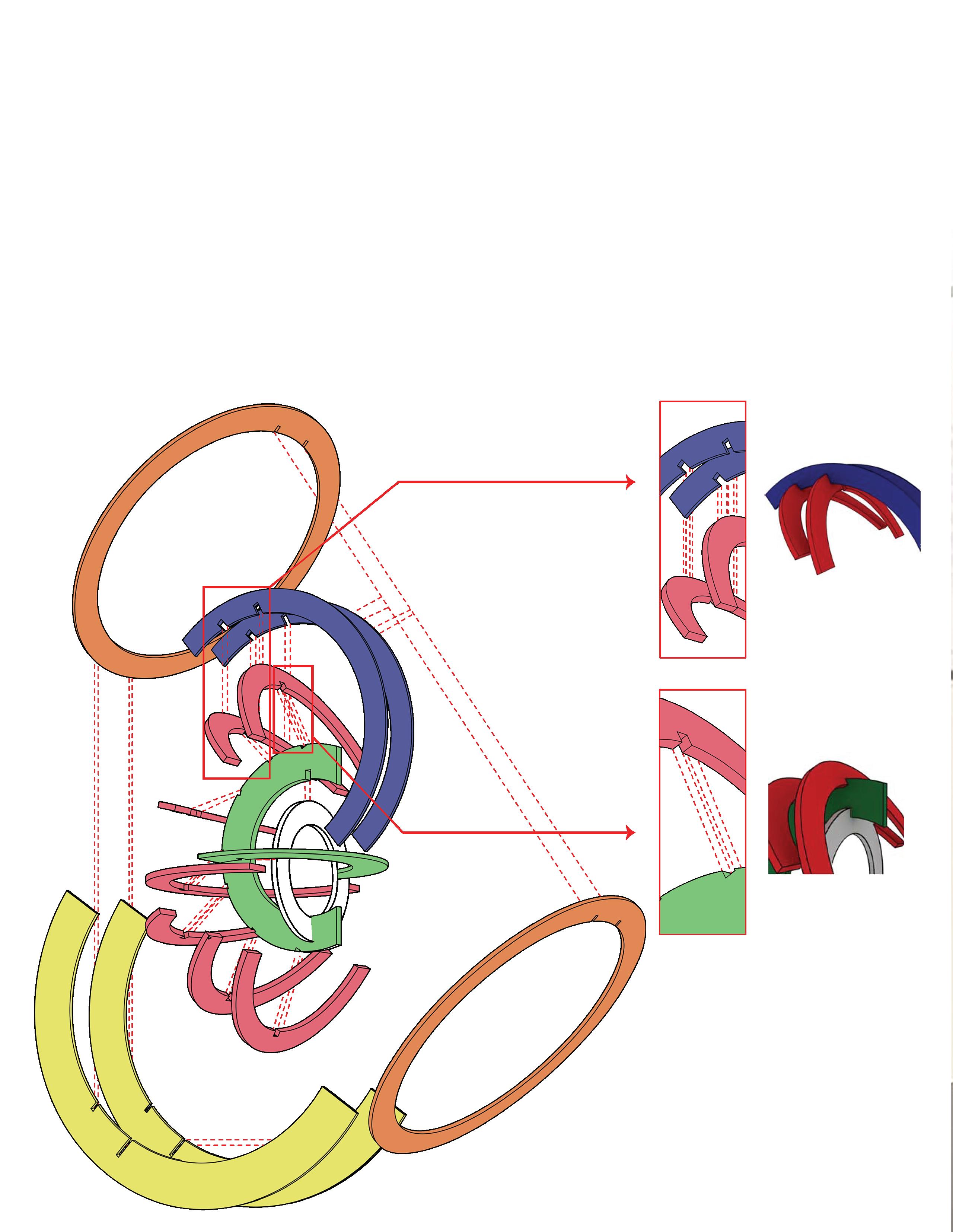
The pieces were laser cutted with it’s appropiated tolerances, allowing each piece to notch correctly without falling apart.
Details
Tolerances
- White 0.0
- Notch of Green to Red 0.0
- Notch of Red to Green 0.0
-Notch of Blue to Red +.002
-Notch of Orange to Blue 0.0
-Notch of Yellow to Orange -.002
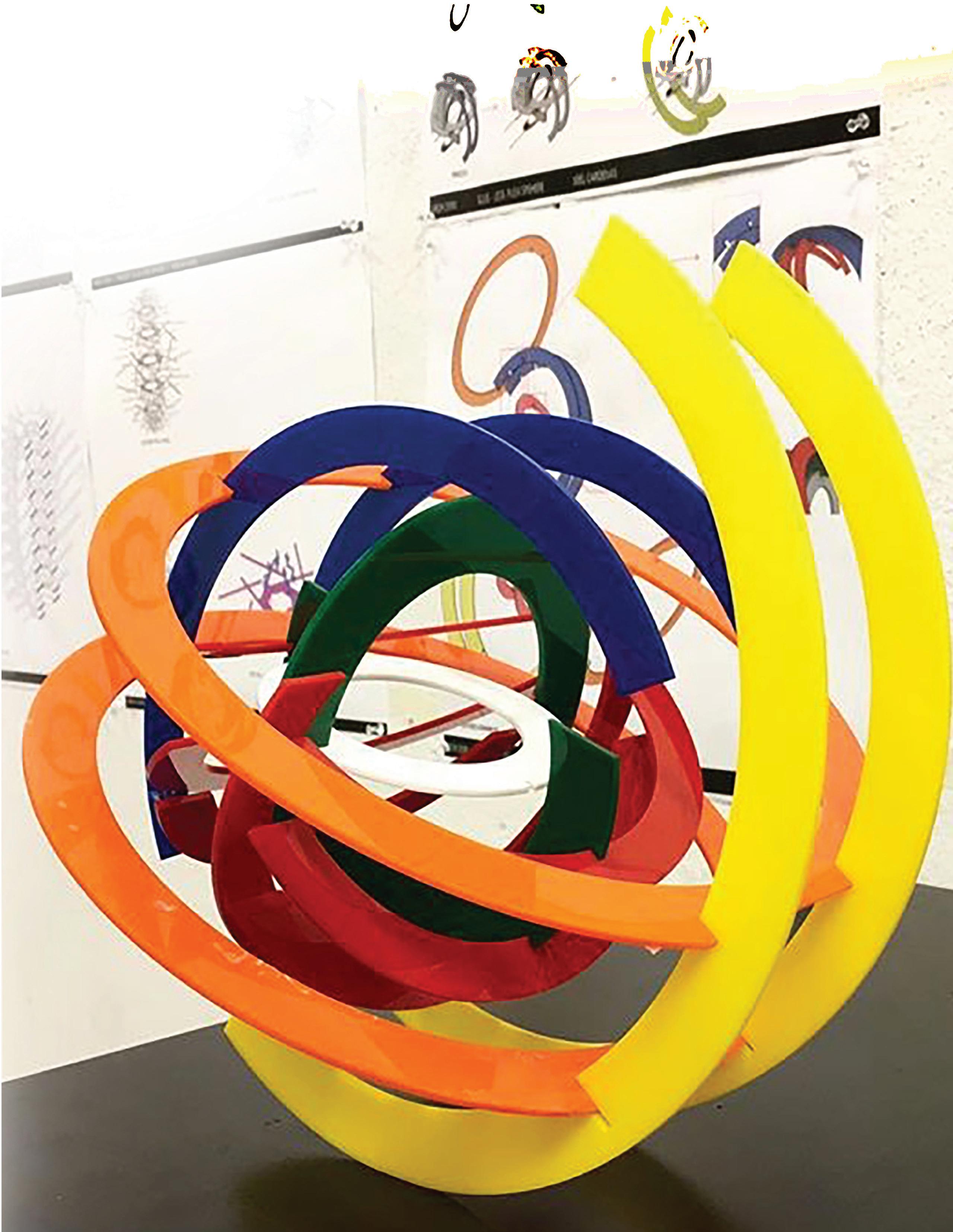
Armaball
The project consist of 3 steps. In a nested organic relationship, each consecutive project must include the previous one in it’s interior. These steps consist of Body Organ, Epidermis, and Mechanical Shell
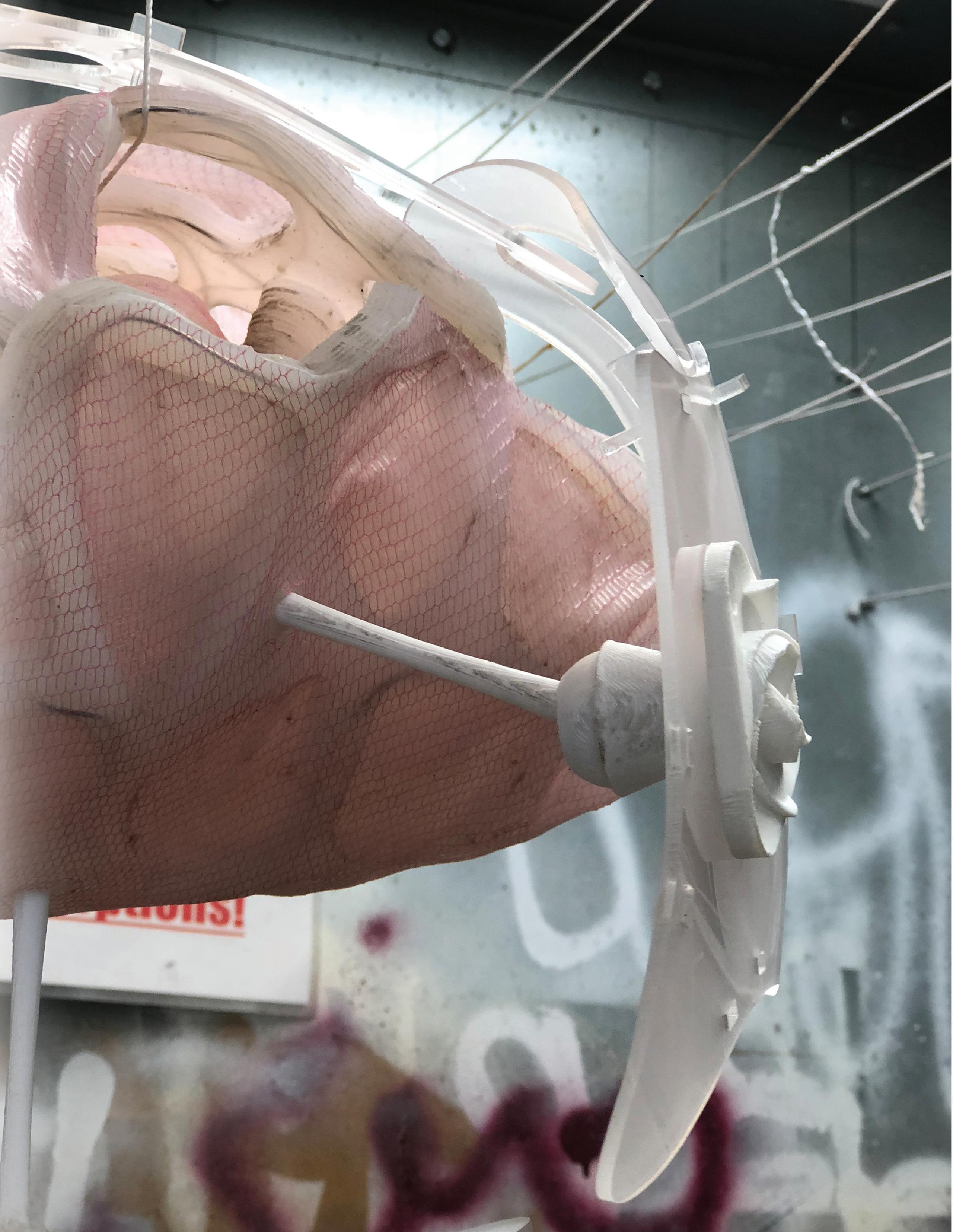
Body Organ
Body Organ requieres the fabrication of a physical model that will represent an internal body organ at its real scale. Prior to my case I’ve decided to pick the Large Intestine.
**Constraints:
1. “Some” space needs to exist inside the organ
2. The final organ can’t have plastics qualities. It can’t lose it’s original shape when no forces are applied to the object.
Large Intestine
The Large Intestine is mostly known as the “colon” or the “human guts”. It’s main purpose is to escort wasted from the body. Throughout the process absorbs nutrients from feces that are being created. It’s also consider the final stage of digestion. The part being focused is the Rectum and the Anus.
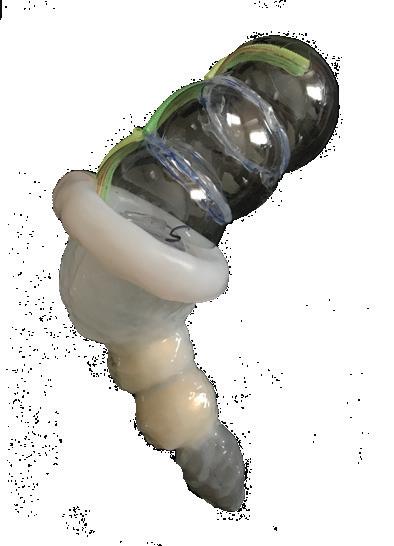
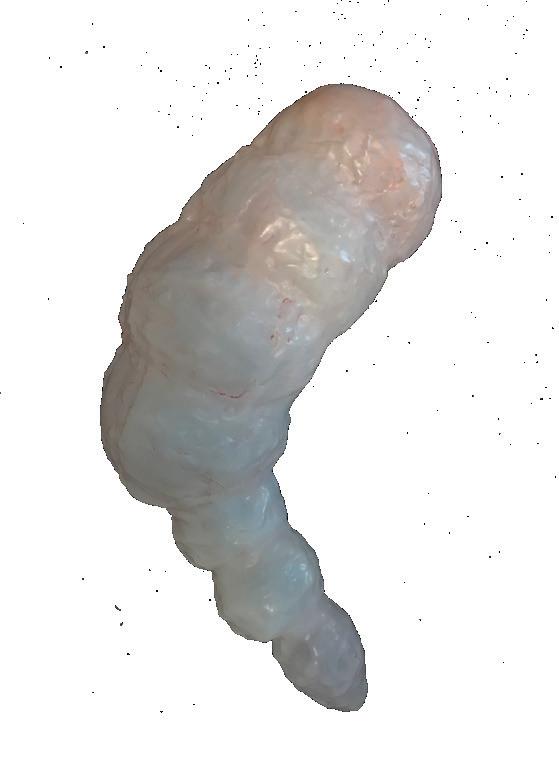
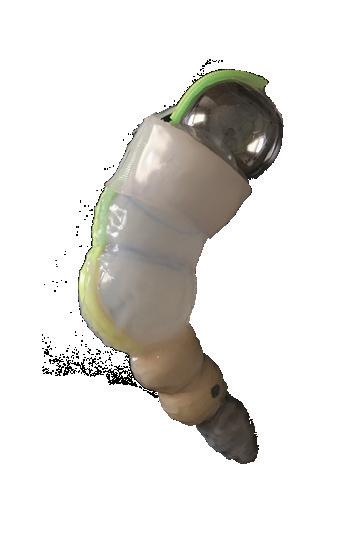
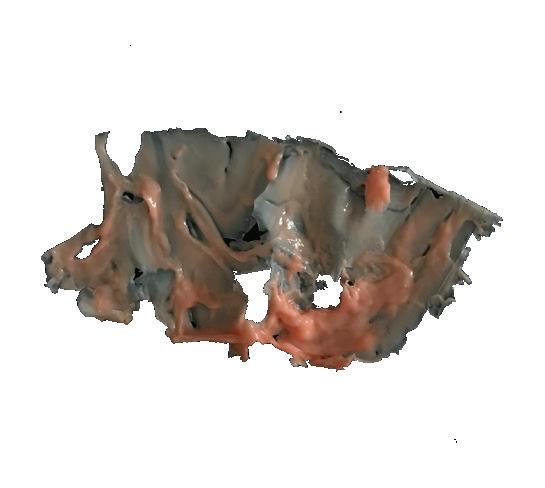
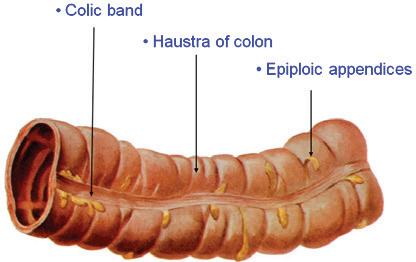

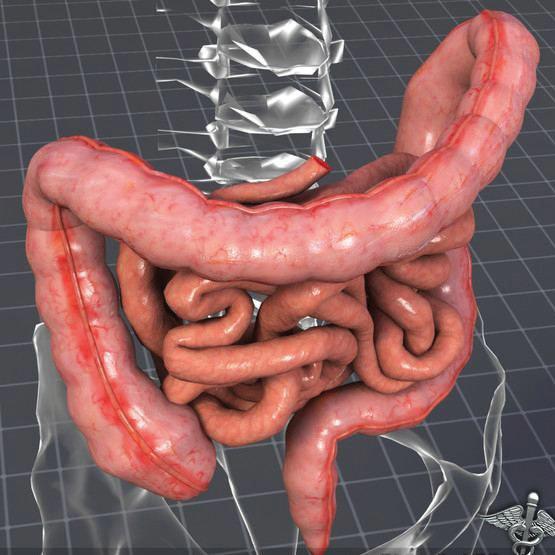
Throughout the process, the main idea was to test different materials and see if the results are the ones I was looking for. For this project I used Liquid Rubber, giving me results of a thing layer that will stretch and not tear apart. At the same time, this type of Rubber was easy to cure. I poured into the physical model, and later on it was easy to take out from it.
The physical model was constructed with Christmas ornaments and straws. All of them were glued together and positioned in a way that will satisfy the scale of the organ. The physical model was hunged and the Liquid Rubber was poured in different time frames, because it needed extra layering so it could be stable enough not to lose shape.
The final model consisted in an overall enclosure with a void in the inside. To achive this the model was cutted on the top part and taken off the physical model as a sock, afterwards the two parts were sewed together. Something to take in consideration for future improvememnts is to pour color before the Liquid Rubber is being poured; Aesthetic reasons
